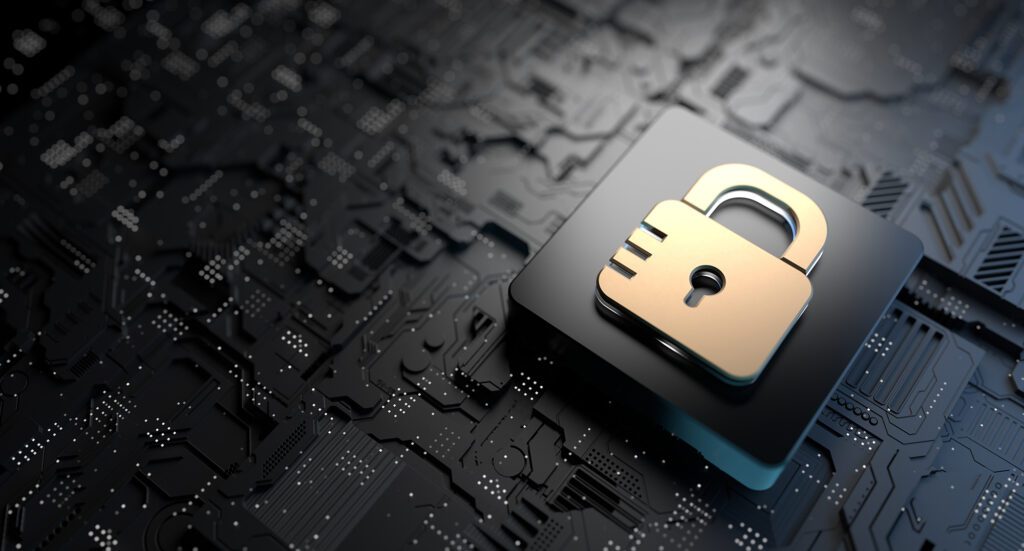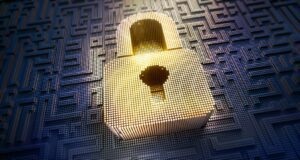Implementing Two-Factor Authentication: An Essential Step in Cybersecurity
Cyber threats are a significant concern in today’s world, where technology is pervasive. With cyber attacks on the rise, it has become crucial to take proactive steps to safeguard sensitive information. One of these essential steps in ensuring cybersecurity is implementing Two-Factor Authentication, also known as 2FA. In this blog post, we will explore the meaning and significance of 2FA and why it has become an indispensable tool for protecting digital assets and securing the modern workplace.
What is Two-Factor Authentication?
Two-Factor Authentication is a security feature that requires two forms of identification to access an account or device. This adds an extra layer of security to prevent unauthorized access to sensitive information. The first factor is typically something the user knows, like a password or PIN. The second factor is usually something the user has, for instance:
· Mobile Authentication Apps: Apps which need to be opened by the user to accept the login request.
· Hardware Tokens: Physical Devices like USB-Sticks or Chipcards that need to be inserted in a device or read through a card reader.
· SMS Authentication: For this method, a unique code is sent to the user’s mobile phone via SMS that needs to be entered to permit access.
· Biometric Authentication: Biometric methods are based on unique physical traits, such as fingerprints or facial recognition.
Why is Two-Factor Authentication Essential?
Passwords are no longer sufficient for securing online accounts. Many people use the same password for multiple accounts, which makes it easy for hackers to gain access to several accounts at once by only finding out one password. Additionally, hackers utilize phishing attacks that trick employees into giving away their passwords. With 2FA, even if cybercriminals possess a password, they still won’t be able to access an account without the second factor, which makes it much harder for them to do harm.
Microsoft claims Two-Factor Authentication is the “one simple action you can take to prevent 99.9 percent of attacks on your accounts”. (Link)
Further, implementing 2FA provides peace of mind for both users and organizations. Users can feel more secure knowing that their accounts are protected by an extra layer of security, whereas organizations reduce the risk of data breaches and associated costs.
Challenges Implementing Two-Factor Authentication
While moving away from traditional authentication is essential, it’s not without challenges. One of the main challenges is user adoption. Some users may find Two-Factor Authentication inconvenient or confusing and thus may resist using it. Organizations can overcome this obstacle by providing clear instructions in addition to educational measures on how to use 2FA and illustrating its benefits. Cost depicts another challenge whilst implementing Two-Factor Authentication across the organization, depending on the chosen method. However, the cost of a data breach can be much higher; therefore, it’s important to consider the return on investment when making the decision to use 2FA.
Choosing and implementing the most suitable Two-Factor Authentication method to meet your organization’s needs can be complex. If you need a reliable partner to efficiently add another layer of security, contact us.
- Industries
-
Services
Services
- Corporate & Business Strategy
- Customer & Commercial Excellence
- Organizational Excellence & Transformation
- Data & AI
- Sourcing & IT Advisory
- Cyber Security
- Our Impact
- Knowledge Hub
- About Us
- Careers
-
Germany
Select your country
- Select your country
- Global
- Germany
- Switzerland
- Netherlands
- Spain
-
EN
Select your language
- Select your language
- English




